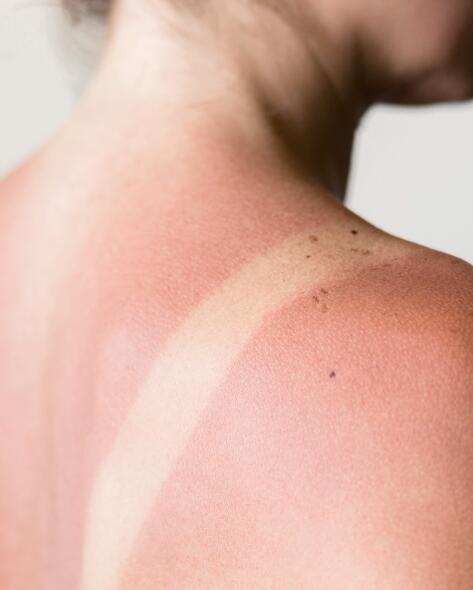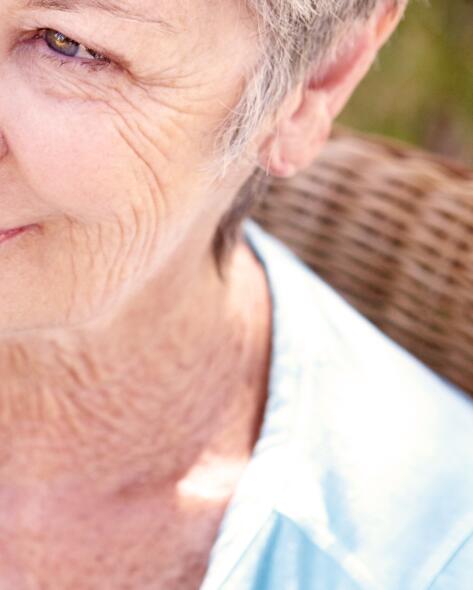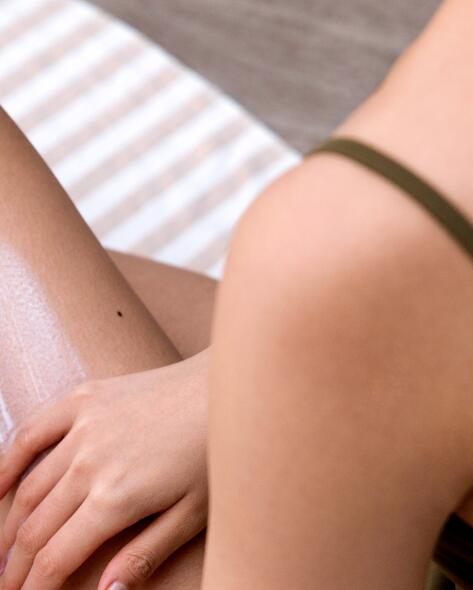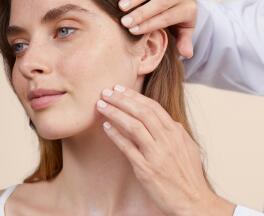Damage caused by the sun

How does UV affect the skin?
UV radiation acts on the skin through four basic processes:
- Reflection due to changes in the refractive index, which is especially important for visible and infrared light
- Diffraction by the fibres and cells of each skin layer, which is considerable for the stratum corneum and melanin layer
- Transmission through the epidermal layers
- Absorption alone can induce a photochemical reaction in various substances contained in the cells such as keratin, melanin, proteins or carotenoid pigments
The chronic effects of UV on the skin are cumulative and interdependent. Ultraviolet radiation can be emitted from a natural source (the sun) or from an artificial source, such as tanning lamps. While the dangers of UVB have been known for a long time, the dangers of UVA have only recently become apparent. However, both are dangerous because they penetrate the epidermis and can affect the eyes.
UVB, the enemy of the epidermis
90% of UVB rays are absorbed by the epidermis, the surface layer of the skin. They stimulate the production of a pigment called melanin secreted by the melanocytes, which colours the surface of the skin. But this beautiful tan is actually the skin’s defence against the sun's aggression. And when UVB exposure is so strong that the skin can no longer defend itself, that's when you get sunburn (UVB is the main culprit). Highly energetic UVB can cause direct damage to the DNA of skin cells: DNA lesions. In the long term, this can lead to the formation of skin cancers.

UVA: the deepest penetration
UVA rays penetrate directly into the hypodermis, the deepest layer of the skin. For a long time, they were thought to be harmless because, unlike UVB, they don’t cause sunburn, so there is no discomfort when they penetrate the skin. However, UVA rays are the main culprits of skin ageing because they cause a loss of elastin in skin cells. The skin loses its suppleness, dries out, and wrinkles appear and deepen. UVA rays are also involved in the development of certain skin cancers and melanomas.


Playing YouTube videos requires the use of cookies in order to offer you targeted advertising based on your browsing For more information, please visit YouTube's « cookie » policy.
You have rejected Youtube's cookies and therefore you cannot view the video.
You can change your choices by clicking on « Cookie Settings » and accept Youtube's cookies to enable the video.
You can change this setting and withdraw your consent at any time.
FRIENDLY, EXPERT ADVICE
The risks of repeated sun exposure
Although we all love to lounge on a beach in the summer, exposure to the sun doesn't come without risks. Ultraviolet light can cause numerous skin reactions and irreversible damage to the skin and eyes. In the most severe cases, the damage can be fatal.
Good habits for protecting yourself from the harmful effects of the sun
- Don’t expose the skin of babies and young children to direct sunlight.
- Don’t expose your skin during the hottest hours of the day: from 11am to 4pm.
- Use appropriate clothing protection (wear a t-shirt, sunglasses, hat, etc.).
- Use a sun cream with a high SPF.
- Don't stay in the sun too long, even if you're using sun cream.
- Reapply your sun cream frequently to stay protected, especially after sweating, swimming or wiping.
- Be careful: if you don't use the recommended amount fo sun cream, you significantly reduce the level of protection.

OUR SOLUTIONS TO PROTECT OUR FUTURE
Eau Thermale Avène skin care products designed to protect the skin and respect the oceans
NEWSLETTER
We're always here for your skin!
All our advice on how to take care of your skin day to day.

Which skin care routine should you adopt?
Identify what it really needs with the help of our experts and discover the most suitable skin care routine for you.
